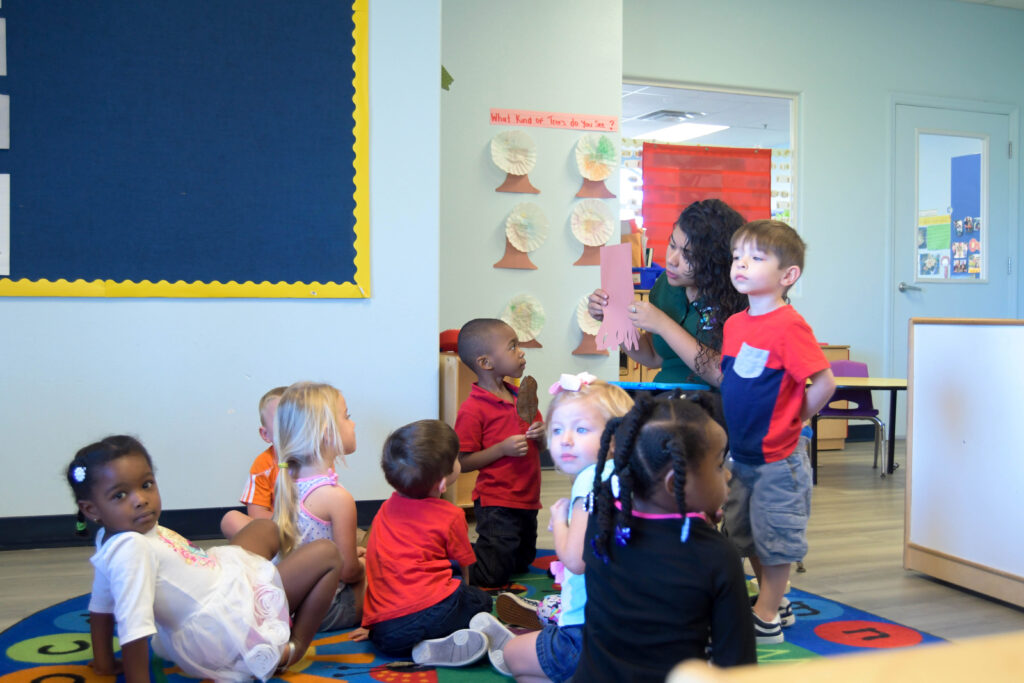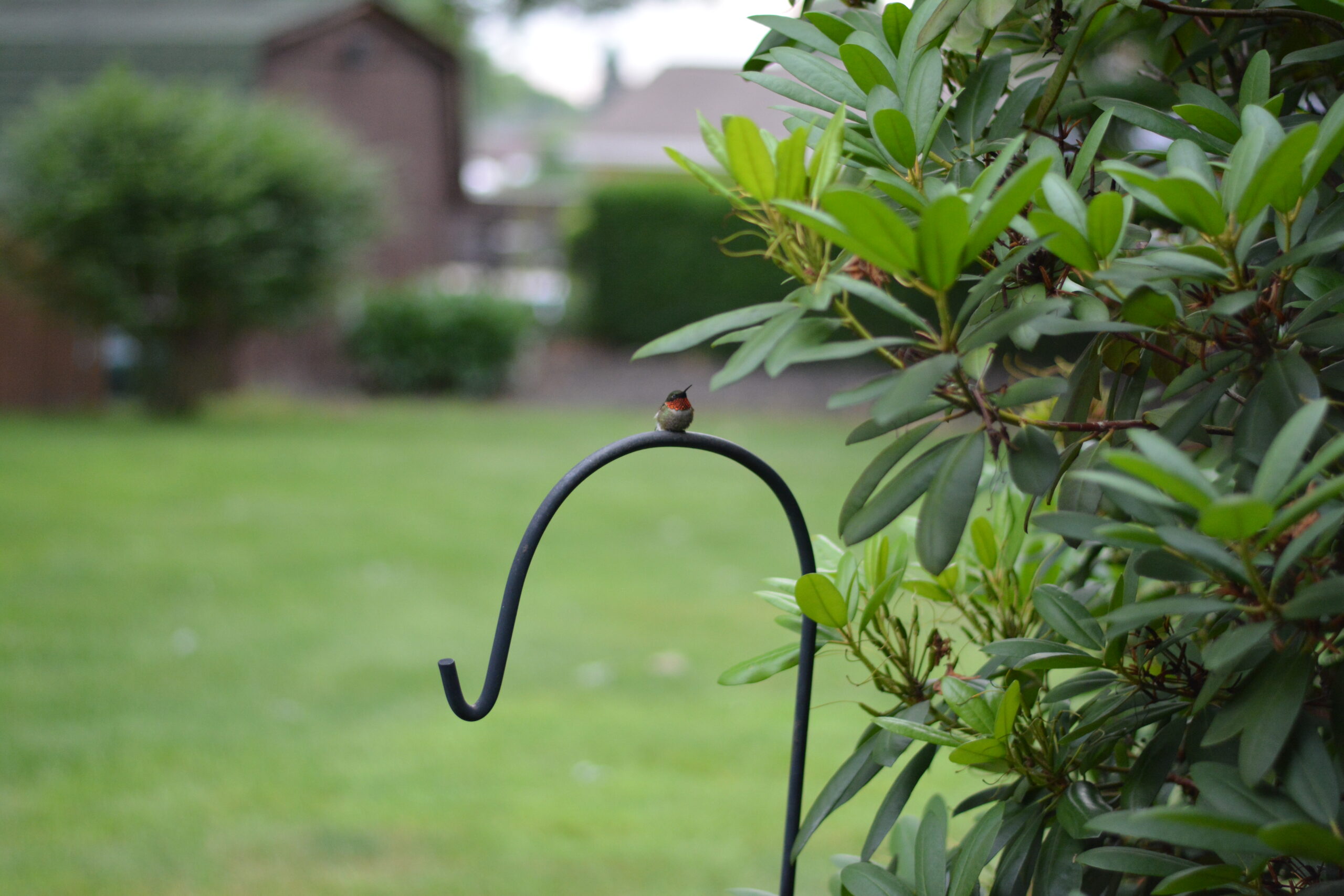
In the Trees Classroom Inquiry
Creative world school Oct 15, 2017![]() October is all about Trees at Creative World Schools.
October is all about Trees at Creative World Schools.
From Infants to Preschoolers, we are leaving the classroom and getting into nature to explore our monthly inquiry curriculum. This month, we dive into what trees are, how they grow, and what they provide us.
Outdoor learning and learning about nature has great value for young children. According to the Natural Learning Initiative,
“Childcare center naturalized outdoor learning environments (OLEs) stimulate the diversity of children’s play experience and contribute to their healthy development. Best practice design of OLEs incorporates trees, shrubs, vines, flowers, grasses, edible fruits and vegetables—to connect children with nature and diversify their outdoor experience.*”

Here are some of the basic concepts we’re learning about**:
- A tree is a large plant.
- There are many kinds of trees including hardwoods and softwoods.
- A tree has many parts; leaves, branches, bark, trunk, and roots.
- The leaves on some trees are like needles.
- The trunk is the stem of the tree and is covered with bark.
- The roots of a tree are underground.
- Roots help the tree stand; they also get water and nutrients from soil.
- Sap is a liquid that supplies food to the tree.
- Trees need soil, water, and sunlight to grow.
- Trees provide us with wood.
- Many items are made from wood, such as houses, chairs, tables, some toys, doors, fences, paper and paper products.
- Some fruit grows on trees.
- Apples, bananas, and oranges are examples of fruit that grow on trees.
- Trees provide homes for many animals.
- Trees provide us with shade to keep us cool and protect us from sun
Check back to follow our progress all month long or find a Creative World School near you to get involved in this awesome arboreal adventure!
*https://naturalearning.org/sites/default/files/Benefits%20of%20Connecting%20Children%20with%20Nature_InfoSheet.pdf
**http://mypages.iit.edu/~smart/scotchr/lesson2.htm




